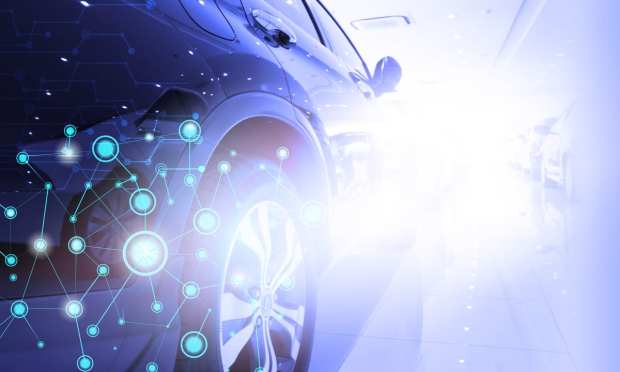Stellantis, Foxconn Team On In-Vehicle User Experience

Stellantis and Foxconn have signed an agreement to form Mobile Drive, which will work on new in-vehicle user experiences, the companies announced in a press release.
The new tech will come with advanced consumer electronics, HMI interfaces and services that will boost consumer expectations.
Mobile Drive will combine the global vehicle design and engineering along with Foxconn’s global development in the evolving software and hardware of smartphones and other consumer electronics.
With that team-up Mobile Drive will be able to deliver a “new frontier” of in-cabin information and entertainment capabilities, which will be connected both inside and outside the vehicles.
Stellantis Chief Executive Officer Carlos Tavares said the objective was to help boost features inside vehicles to help customers’ lives.
“Software is a strategic move for our industry and Stellantis intends to lead with Mobile Drive, a company that will enable the swift development of connectivity features and services that mark the next great evolution of our industry, just as electrification technology has,” he said, according to the release.
Any development between the two companies will be co-owned by both. Mobile Drive, the release says, will focus on infotainment, telematics and cloud service platform development, along with software innovations including artificial intelligence, 5G, upgraded over-the-air services, eCommerce opportunities and smart cockpit integrations.
A report last year from PYMNTS found that people do want to continue commuting to work, even in spite of the often long and stressful nature of commuting.
One in four commuters, however, would be willing to have another 20 minutes of driving to work if they could control their arrival time and know it was accurate. Time efficiency, the study found, was about more than just the time a journey takes, also encompassing how reliable the predictions are.
Asked why this was the case, almost half of respondents said they were unhappy with the amount of real-time information available to help plan how their driving routes went.
